If you’ve never been south of the equator, it can be difficult to visualise skiing in such exotic locations as the South American Andes, New Zealand’s Southern Alps or even Australia’s Snowy Mountains and Australian Alps. Yet skiers who live here are of course used to the chance of getting out onto the slopes as early as July or even late-June, which is the equivalent of our hoping for snow by Christmas, or at least early January.
After some significant recent snowstorms, with record-breaking May and June snowfall, things are already looking very healthy snow-wise in Andes ski resorts – one of the best season-openers in Portillo’s 75-year-history. By late-June, the Chilean resort almost right on the border with Argentina had already received more snow than it typically does all season (510cm), before it even had the chance to open for business. Too much snow on the winding road to Portillo, sitting at an altitude of 2880m, blocked the access and delayed opening (intended for 20 June) for a week or so before it opened with just shy of 6m (19 feet) of snow. Other Andes ski resorts (Valle Nevado, La Parva, El Colorado) opened three weeks early, which is almost unheard of.
For adventurous skiers and snowboarders living in the Northern Hemisphere who can’t wait until next winter to ski in the Alps or the Rockies, and want a little more than what a French or Austrian glacier has to offer this really worth thinking about – although whether you’re prepared to travel such a long way to enjoy a refresher course has to be taken into consideration!
But it’s not just being able to ski somewhere – anywhere – in the full glory of winter. The Andes are utterly exhilarating in their own right, and should be on every skier’s bucket list regardless. Stunningly beautiful and extensive, they are significantly nearer Europe than Australasia. At 11,668km from London, the Chilean capital Santiago is about 7242km closer to home than New Zealand’s ski areas.
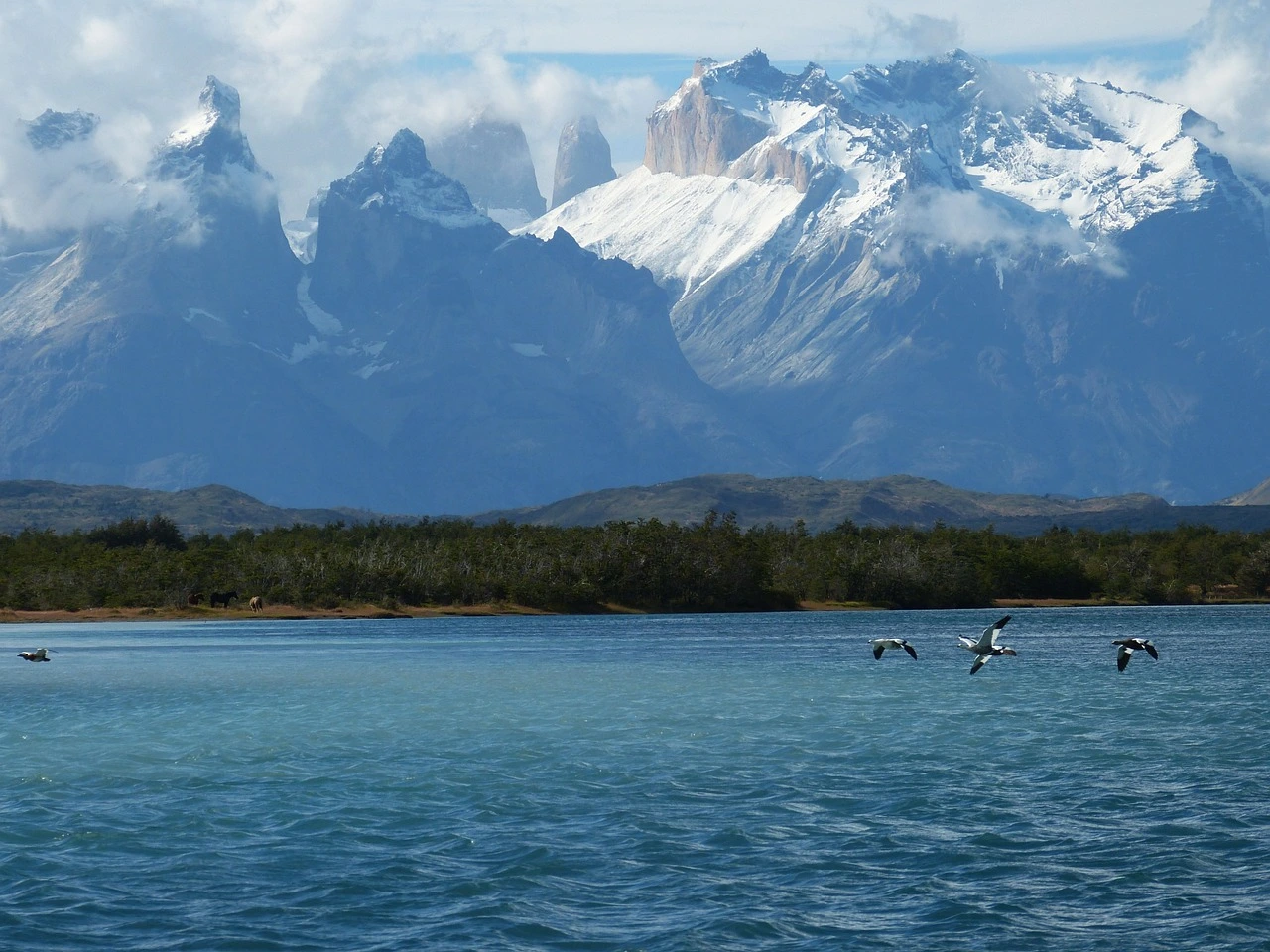
There is superb skiing on both sides of the Andes – in Chile and Argentina – and if you’re going all that way it makes sense to try to ski in both countries. But you can’t just zig-zag between the two, because there are only two mountain passes between the two countries that are open in winter.
So it makes more sense to spend time in Chile first, cross into Argentina and explore their resorts, and then return to Chile and Santiago. Santiago is very close to some great skiing whereas if you start in Buenos Aires, exciting city though it is, you are still around 1062km from the nearest major resort, albeit arguably the most exciting ski area in the Andes: Las Leñas.
It used to be impossible to take a rental car from Chile to Argentina – or vice-versa. No-one quite knew why but during my last visit a couple of years ago it was, at last, possible to take a rental vehicle from Chile to Argentina. The other way round is more difficult. It’s possible, but you need to contact the car hire company to arrange it well in advance and they have to apply for a permit, which costs approximately US$200. You can avoid worrying about this by taking a bus in either direction! This service departs daily and takes around 7-8 hours.
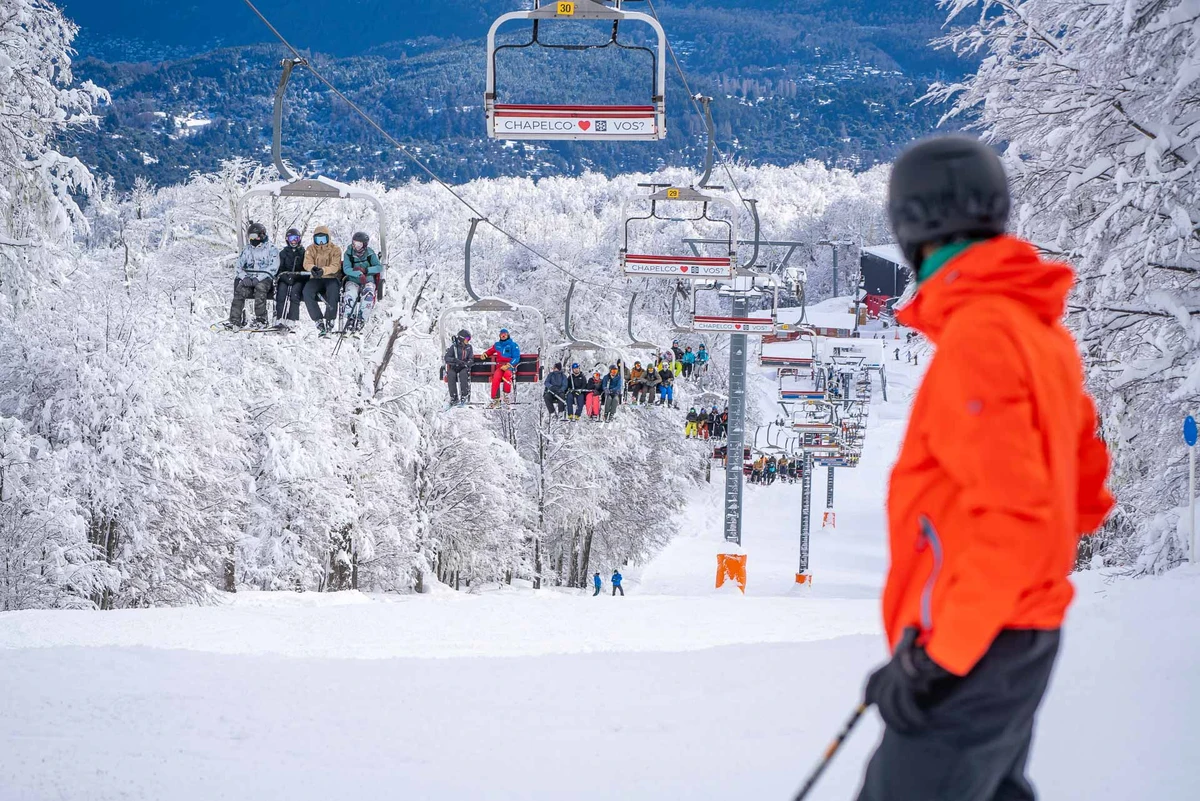
The two trans-Andean mountain passes open in winter are the bleak Uspallata Pass (AKA Bermejo Pass or Cumbre Pass), which runs parallel with the now long-defunct Transandine Railway, and links the Chilean capital of Santiago with the wine-growing region around the Argentine city of Mendoza (with Portillo almost right on the border) – and the more southerly Passo Samorè (formerly Passo Puyehue) linking Entre Lagos and Osorno in Chile and Villa La Angostura and the celebrated ski area of San Carlos de Bariloche (aka ‘Catedral’ because the resort’s spiky peaks resemble cathedral spires) in Argentina.
The word ‘Andes’ conjures up visions of remote, towering peaks with condors soaring high above the snow. Add delightful locals (in both Chile and Argentina, although they have quite different temperaments) and you have a recipe for a genuinely unforgettable ski trip.
The whole culture of the Andes – including the language of course – is so different from the Alps and indeed the Rockies that no-one I’ve ever met has returned from this magical continent without stars in their eyes.
To many people’s surprise there are some 45 Andes ski resorts dotted on either side of the Andes, and the standard of skiing and equipment in the main resorts compares quite well with the Alps.
So, if the idea of skiing in South America has aroused your curiosity, read on…
Chile
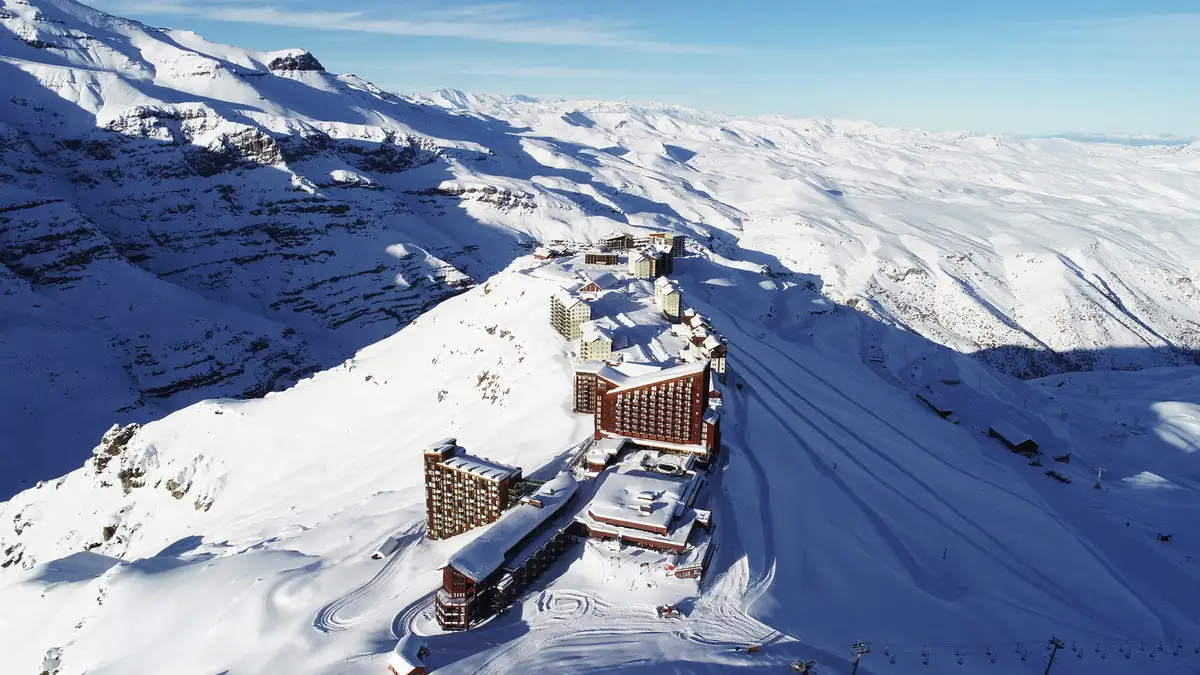
Assuming you start from Santiago – which is very close indeed to the mountains (Buenos Aires is miles from the nearest Argentinean resorts and in any case would be starting the wrong way round if you wanted to ski in Chile as well as Argentina) the closest resorts, rather like a local version of France’s 3 Valleys, are Valle Nevado (the only true destination resort of the three), El Colorado (popular with day-trippers from the capital) and La Parva (in many ways the most interesting terrain with some good off-piste).
Valle Nevado is known for its heli-skiing, which is a bargain by Canadian or European standards. Experienced skiers and riders can complete up to 4000 vertical metres in a morning, usually consisting of two of three drops on peaks above the resort.
Although you can ski between all three Andes ski resorts without taking your skis off, the three don’t always see eye to eye every winter in terms of a joint lift ticket, so you might have to pay a small extra fee to make the link between them.
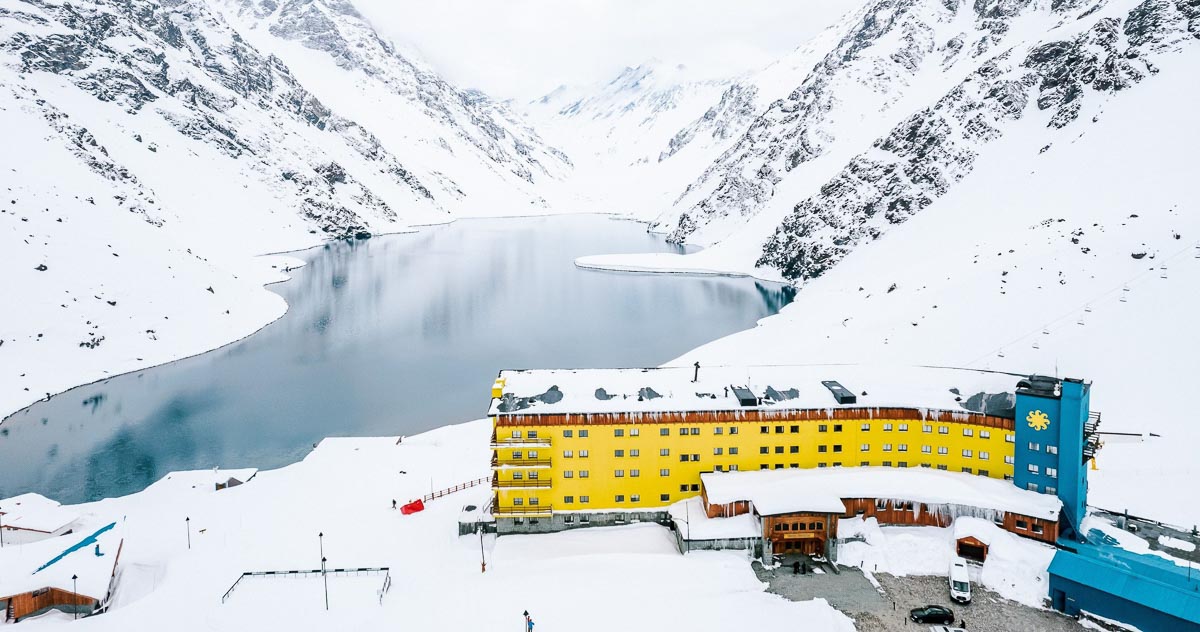
Portillo, 160km north of Santiago on the Argentinian border and surrounded by 5791m peaks, is the country’s oldest ski area – the second oldest Andes ski resort after Bariloche’s – having opened in 1949. The refurbished and iconic mustard yellow Hotel Portillo – the only major hotel here – sits on the shore of the beautiful Laguna de Inca surrounded by impressive peaks (including – if you get high enough to glimpse it – the 6960m Aconcagua, the highest mountain in the southern hemisphere. Portillo’s terrain is steeper than in either Valle Nevado or Nevados de Chillán.
Even low-budget travellers using the bunk beds at the Octagon Lodge still eat at the hotel, while backpackers at the Inca Lodge have access to all hotel facilities. So just about everyone you meet on the slopes you will see again later in the hotel, restaurant or at the bar. Ski racers, tourists, rock stars and politicians rub shoulders every night. With only 450 hotel beds, the slopes are never crowded.
Portillo has four bizarre but exhilarating “va et vient” lifts specially designed for accessing the steep chutes in avalanche-prone areas on both sides of the valley, including the celebrated Kilometro Lanzado, the old Flying Kilometre run where speed-skiing was pioneered back in 1963.
ARVE Error: For the maxwidth (maxw) option you need to have normal or lazyload mode enabled, either for all videos in the plugins options or through shortcode e.g. [youtube id=123456 mode=normal maxw=999 ].
The larger of the old lifts, Roca Jack, hauls five skiers at a time on linked platters (like a five-seater button lift) at considerable speed to the top of the chute before suddenly coming to a halt: skiers must then disengage backwards. The more recently installed Vizcachas va et vient lift is on the Plateau side of the ski area.
During the 2018 season, Portillo opened an intermediate run called “El Gaucho” after the Mero Gaucho, a bird commonly spotted high in the Andes. The run is located near the Bajada del Tren. Portillo also offers heli-skiing throughout the season.
One important aspect to remember about Chile is that it’s LONG and THIN – and has been compared with a bootlace. So if you want to drive down to the Samorè pass to reach Argentina, once you have left the Santiago region it will be a long trek to the next ski resort which is likely to be Nevados de Chillán (still known to most people by its old name of Termas de Chillán).
The skiing here is in the shadow of three magnificent volcanoes and if the wind is blowing the right direction you can even sniff the sulphurous fumes. Quite a few of Chile’s smaller ski areas are close to or actually on volcanoes – particularly Villarrica, near Pucón, which erupted spectacularly in early 2015 – plus Lonquimay, Llaima and Antillanca.
It’s worth a side trip to Chillán – with its chequered history of fires and earthquakes – just to visit the birthplace (in 1778) of newly independent Chile’s first president, who had the unlikely name of Bernardo O’Higgins. He was the illegitimate son of a Spanish officer born in County Sligo, Ireland, who became governor of Chile and later viceroy of Peru.
Even today, wherever you travel in Chile, it’s almost impossible to escape that name – there are taxi companies, florists and even a football team named after him.
Stay: Hotel Valle Nevado in Valle Nevado and Hotel Portillo in Portillo.
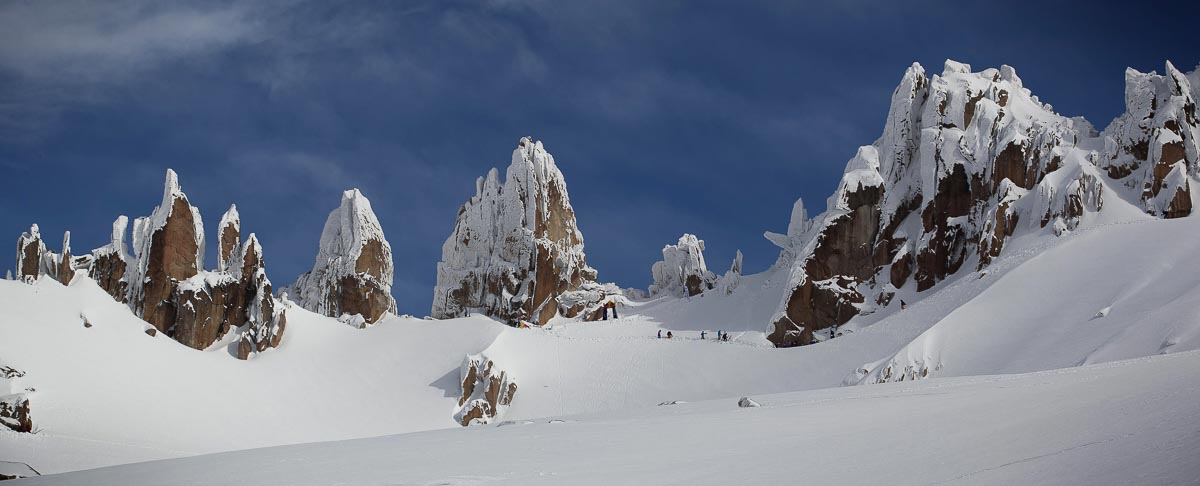
Argentina
On the Argentinean side, the main players are San Carlos de Bariloche where the ski area, Catedral – the most European in appearance and culture – takes its name from the cathedral-like spires, Chapelco – reached via the idyllic little town of San Martín de los Andes, and Las Leñas, which has such challenging terrain that it’s been likened to the Chamonix of the southern hemisphere.
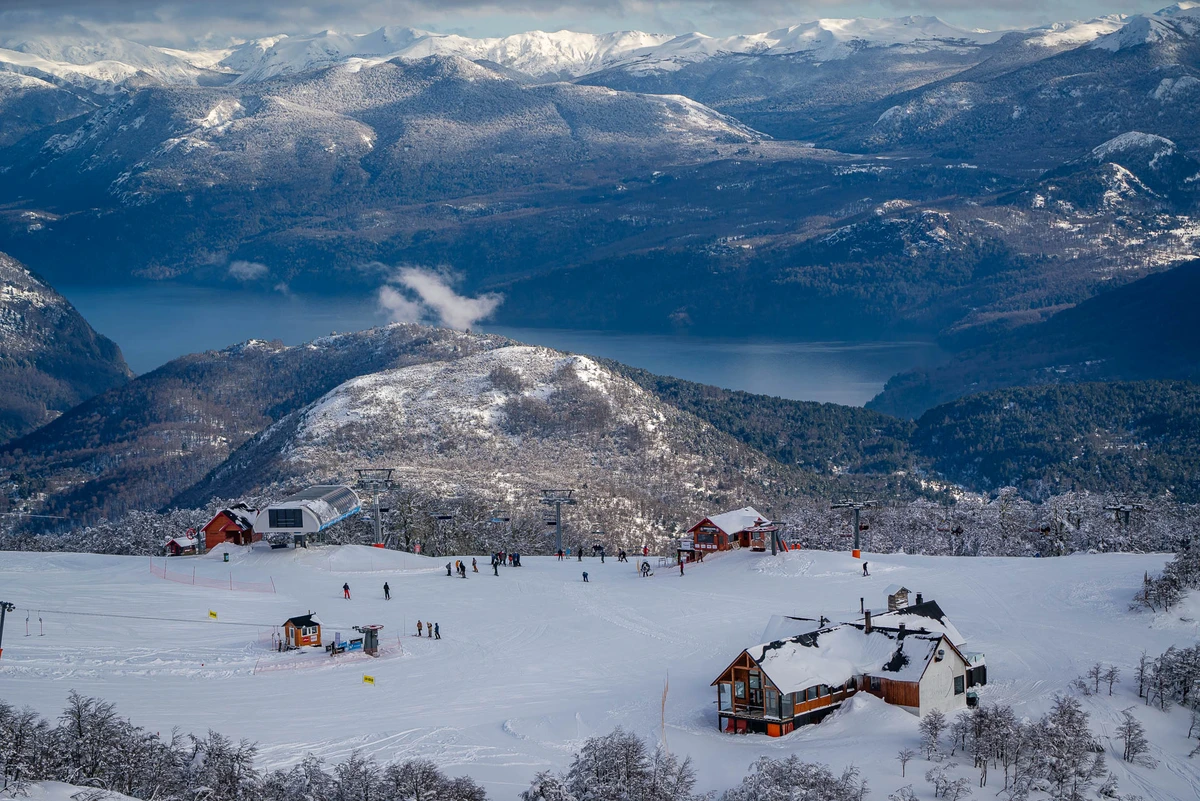
In Las Leñas, three hours south of Mendoza, the Marte (Mars) double-chair serves some of the most challenging recreational skiing in the Andes with more than two-thirds of the skiing designated advanced or expert. It’s well worth taking a guide to make sure you don’t stray into a couloir ending abruptly above a cliff face! The Marte chair feeds what amounts to a separate advanced ski area, with 40 chutes – some more challenging than others. It’s no place for beginners!
Some take you miles into the wilderness to such places as the Laguna Escondida, El Collar and Juno Bowl. Sin Nombre (No Name) and Eduardo’s Couloir provide some of the most challenging descents.
Las Leñas is a Jekyll and Hyde resort – and it all depends on this one lift. When it’s shut, and the upper mountain is closed, the skiing here loses much of its inherent excitement.
Many years ago, Chris Lizza, a professional ski patroller who spent a month in Las Leñas working with the pisteros, described the terrain made available by this crucial, avalanche-prone connection like this: “The Mars chair accesses more expert terrain than any other lift on this planet. Forget the rest of Las Leñas. No skier could ever find – let alone ski – all the possibilities. Even the fittest World Cup racers could never complete a non-stop run from the top. Airy powder, velvety wind-pack and granular corn are always available somewhere. Marte: so vertical, so narrow, it defines extreme.”
Nothing much has changed, really. Joe Lammers, a Canadian extreme-skier and avalanche expert skis Las Leñas most winters. He says: “It services, without question, the most bad-ass expert terrain in the Southern Hemisphere.”
After all this talk of hard-core skiing, there is definitely a need to relax. The in-places are the Innsbruck bar, The Bash Bar, UFO Point, and the Ku disco. There is also a casino. The biggest gamble, however, is whether Marte will be open in the morning.
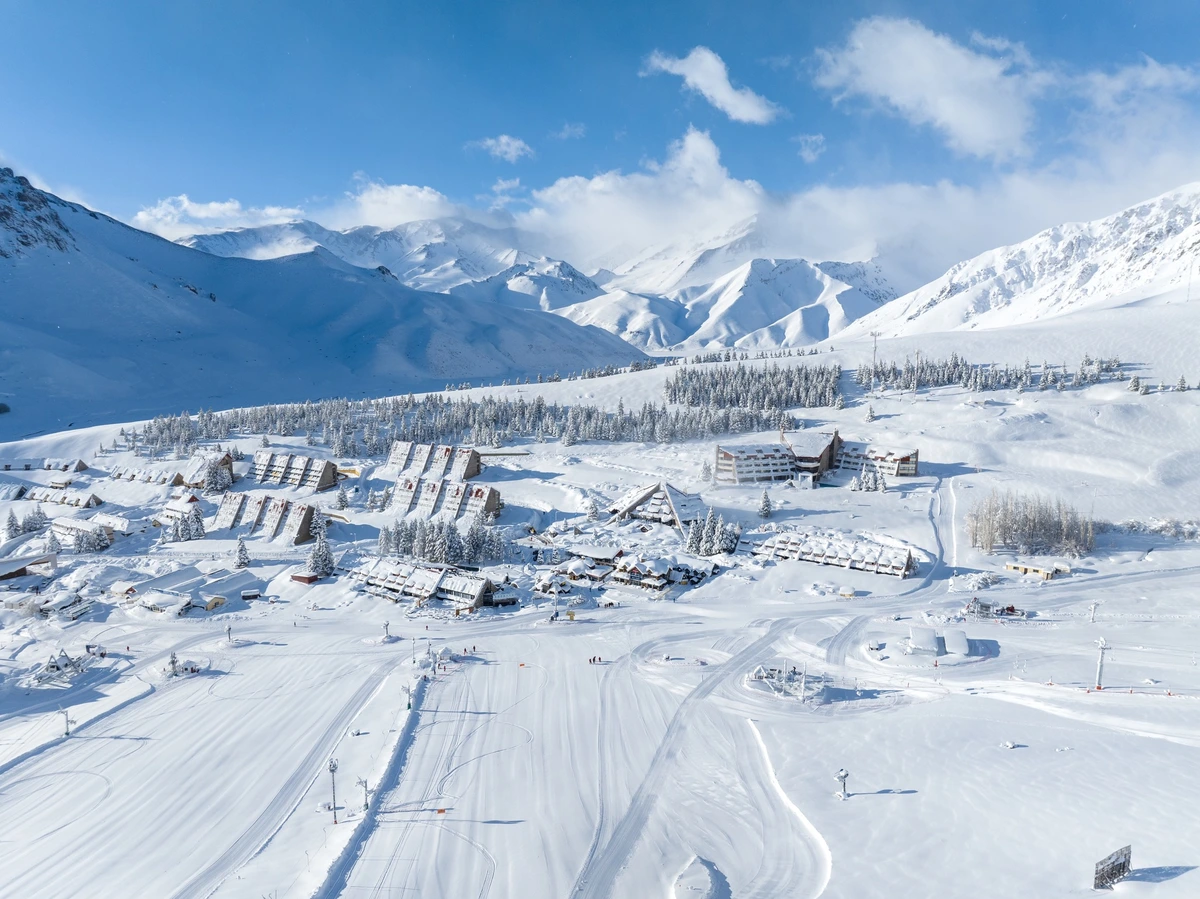
Bariloche (Catedral) is the most popular of the bigger Argentinean resorts, with colourful après-ski and some stunning Patagonian vistas across Lake Nahuel Huapi. It is more scenic but less severe than Las Leñas. It’s Argentina’s biggest, oldest and most famous ski resort, so there’s no shortage of terrain. Sometimes, from a ridge near the top of the Laguna drag-lift, you can see condors slowly circling. Their wings are not moving – just their tails. “They’re not looking for prey,” I was told. “They’re just curious about tourists!”
One more exotic location you can visit is Cerro Castor (Beaver Hill) at the southern-most tip of Argentina, where what’s left of the Andes tumble lemming-like into the waters of Cape Horn. It’s a long way further south, so flying from Buenos Aires (2366km) is the best bet.
So whichever side of the Andes you ski – preferably both – you won’t regret the long journey. The peaks are high and handsome, the lifts – for the most part – are up-to-date, the snow is usually good, and the people are a delight. And where else in the world, be it Alps, Rockies, Japan or Australasia, are you likely to share the mountains with the condors?
Where to stay: El Casco Art Hotel in Bariloche and Virgo Hotel & Spa in Las Leñas.


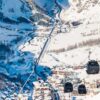
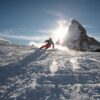






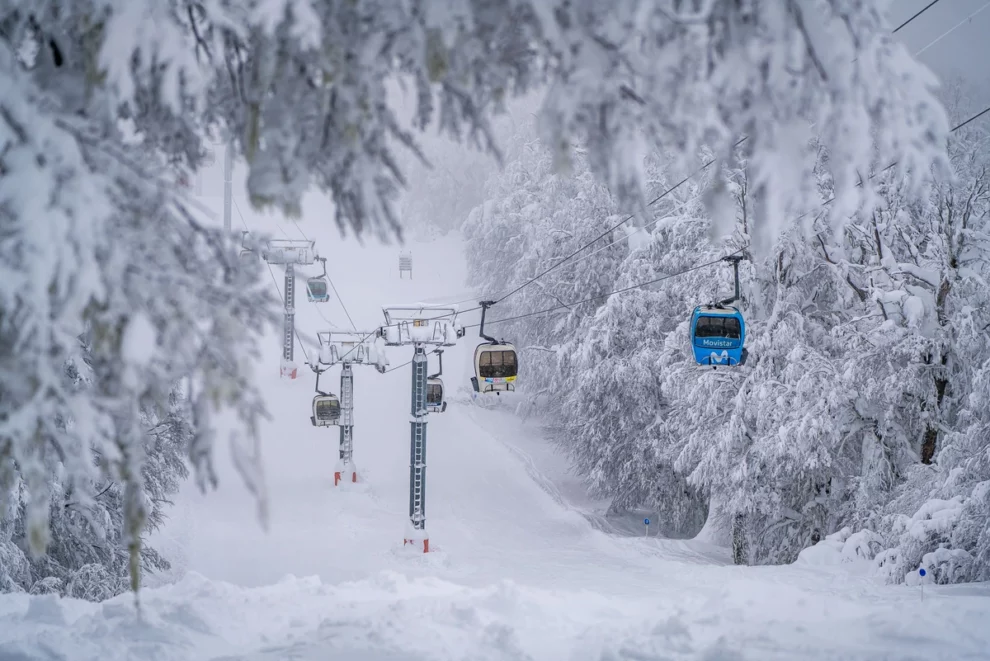
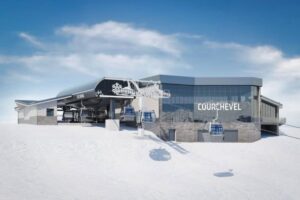


We skied La Parva midweek and it was deserted. We saw a white fox on the piste. It does have the best terrain of the three Santiago resorts, but it’s north facing so suffers from the sun more than Valle Nevado. The hotels in Valle Nevado are above 3000m, which did little for our beauty sleep. Cerro Castor is a long way south, and feels like the end of the world (it is). Skiing starts at 10am when it gets light. Most people stay in Ushuaia on the Beagle Channel and drive up each day. It’s a small hill, but the one we remember most fondly of all the places we skied in South America. I think it’s due to the warmth of the locals, and the sheer other-worldliness of Tierra del Fuego.
I am from down under and worked seasons in Las Leñas and Bariloche, plus worked many years for Portillo and took many groups to Valle Nevado, Portillo and Castor (plus heli-skiing with the governor’s helicopter in the valleys near Cerro Castor which was amazing! Also organised for many years the South American Extremes (skiing for many years and the last ones also including snowboarding) Championships at Las Leñas, which has superior terrain to ski and is massive, once you get out of Marte lift, with lots of chutes to ski down, or three peaks that takes you from 40′ to 2 hours to climb… nowadays they offer some cat skiing too, which makes it easier. The best sunsets in Chile are those in Valle Nevado thanks to the smock of Santiago… but it does the nicest coloured pink skies to watch! – I will be posting some news from down under at my blog https://www.the-ski-trip.com